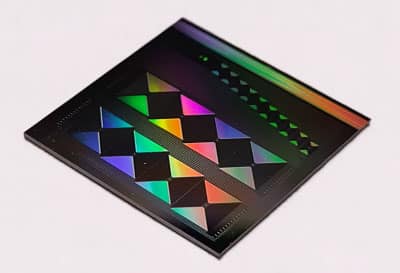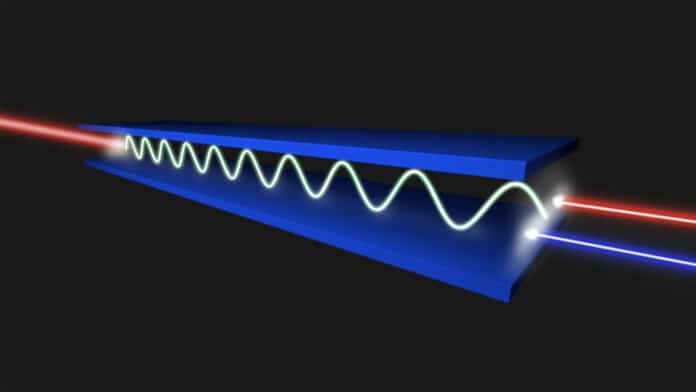Chips and electronic devices have drastically shrunk in size and become faster. We are switching from electronics to photonics, employing light instead of electrons, as we have almost reached the limits of “conventional” electronics. At this scale, a variety of new difficulties appear. For instance, even the slightest interference or quantum effects can cause signals to become distorted and useless.
A research team from the University of Twente has now added a new solution to the ‘photonic toolbox.’ They have developed a new technique to trap soundwaves and light using multilayer silicon nitride waveguides.
The development of new communication methods, quantum optics, and sensors depends on optical signals’ filtering, amplification, and processing. Stimulated Brillouin scattering, a coherent optomechanical interaction method, is one approach to accomplish this effectively.
In this method, two precisely tuned lasers produce a soundwave trapped in a waveguide at frequencies a million times higher than those audible to humans. The signal is efficiently filtered due to the interaction between the light traveling through the waveguide and the soundwave, which reflects a very tiny and narrow region of the light spectrum.

Prof David Marpaung, the professor leading the Nonlinear Nanophotonics research group, said, “Even though Brillouin scattering has been studied extensively in the last few years, it could never be implemented reliably on a chip suitable for use in our daily lives. Trapping the soundwave in a waveguide long enough to be effective has proven difficult. ‘Acoustic leakage’ is a big problem in traditional silicon-based platforms preventing strong Brillouin interactions. And alternative materials are often unstable, fragile, or even toxic.”
Scientists used low-loss multilayer silicon nitride (Si3N4) nanophotonic circuits to configure optical and acoustic waves. These circuits consist of 50 cm-long spiral waveguides. This system traps the soundwave and eliminates acoustic leakage by employing two silicon nitride cores. In addition to producing a working proof of concept and other useful implementations, the scientists’ experimental setup yielded promising results.
Roel Botter, first author of the paper: “We demonstrated an RF cancellation notch filter, and the results show great potential for future stimulated Brillouin scattering on a silicon nitride chip.”
Marpaung adds: “Our research makes integration of stimulated Brillouin scattering in large circuits possible. These new chips can be integrated with other emerging technologies such as tunable lasers, frequency combs, and programmable photonic circuits, potentially giving them a part in the future development of fields ranging from telecommunications to quantum computing.”
Journal Reference:
- Roel Botter, Kaixuan Ye et al. Guided-acoustic stimulated Brillouin scattering in silicon nitride photonic circuits. Science Advances. DOI: 10.1126/sciadv.abq2196
